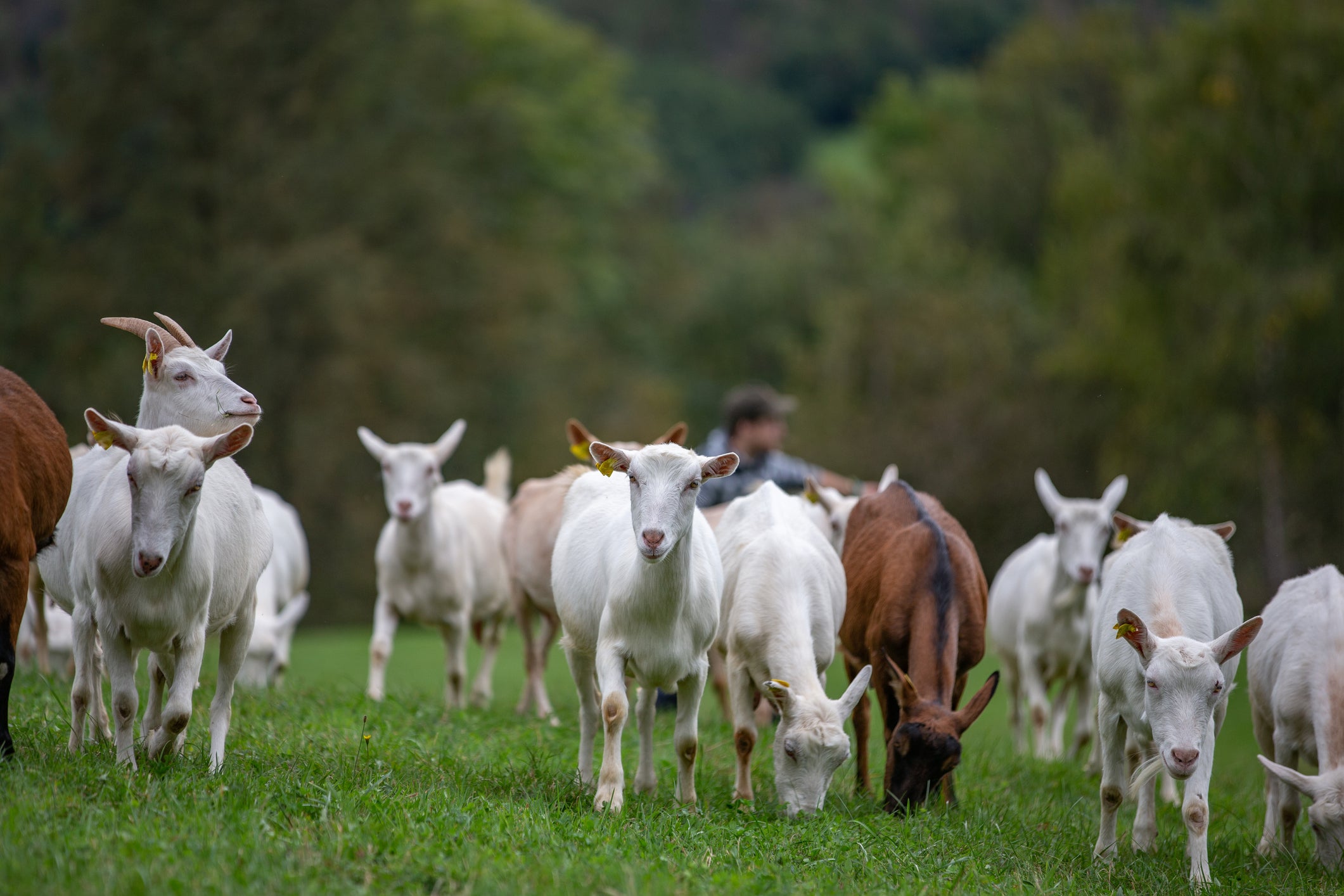Minnesota goat becomes first to test positive for bird flu in US
More than 200 mammals have tested positive for bird flu since the start of the 2022 outbreak

A goat in Minnesota has tested positive for bird flu, the first case of its kind to ever occur in the United States.
The young goat which tested positive for the illness had been living on a farm with a poultry flock that was also positive for Highly Pathogenic Avian Influenza, otherwise known as bird flu, the Minnesota Board of Animal Health announced.
The Board said that this is the first detection of this flu in a goat in the United States there has been.
Bird flu is caused by infection with avian influenza viruses, which naturally spreads among wild aquatic birds worldwide, the CDC says.
The poultry flock had been quarantined since they were detected in February, and after the young goat was also found positive, all animals on the farm in Stevens County were quarantined.
The animal health authorities are still investigating how the virus was transmitted to the goat and are working with the US Department of Agriculture on the case.
“This finding is significant because, while the spring migration is definitely a higher risk transmission period for poultry, it highlights the possibility of the virus infecting other animals on farms with multiple species,” Dr Brian Hoefs, a state veterinarian, said.
Mr Hoefs added that, thankfully, all current research shows that mammals are “dead-end hosts” meaning he thinks it’s unlikely that the flu will spread further.
The farm owner told the Board earlier this month that he has an unusually high number of deaths among his newly kidded goats on the same property where his poultry flock was depopulated due to the flu in February.
The owner’s goats and poultry had access to the same space and had a shared water source.
One of the dead goat’s carcasses was taken to the University of Minnesota for further testing and found that the goat tested positive for influenza, with the National Veterinary Services Laboratories later confirming it was bird flu.
Samples were taken from adult goats on the farm, but they were all negative and appeared to be healthy. No more sick goats have been reported since.
The Board say that animals with weakened or immature immune systems, such as the young goats, are at higher risk of contracting the disease.
The goat is not the first mammal species to have contracted the disease, as skunks, dogs, and cats have also been previously diagnosed.
A national outbreak of the illness, called H5N1 HPAI, broke out in 2022, and the USDA has tracked more than 200 detections of HPAI in mammals across the United States since the start of the outbreak.
The same strain from the outbreak was also found in the goat by the National Veterinary Services Laboratories.
“There has been limited experimental data on HPAI infection in ruminants, and there are no prior reports of natural HPAI infection in goats,” the Board said.
While no humans in the United States have been known to become ill following contact with mammals infected with the virus, according to the Board, rare sporadic cases of human infections with bird flu viruses have occurred worldwide in the past, the CDC said.
The Board recommends that anyone who has been exposed to the infected goats and develops respiratory or gastrointestinal symptoms may be tested for avian influenza and other illnesses.
The Board added that the risk to the public is extremely low, and they are already monitoring the health of those known to have been in direct contact with the infected goats.
It was only earlier this year that it was revealed an Alaskan polar bear also became the first of its species to reportedly die from avian influenza.
It is thought that the animal had been eating the carcasses of dead birds that had contracted the disease. Its body was discovered in October and experts tested the remains, which came back positive for the virus.
Subscribe to Independent Premium to bookmark this article
Want to bookmark your favourite articles and stories to read or reference later? Start your Independent Premium subscription today.

Join our commenting forum
Join thought-provoking conversations, follow other Independent readers and see their replies